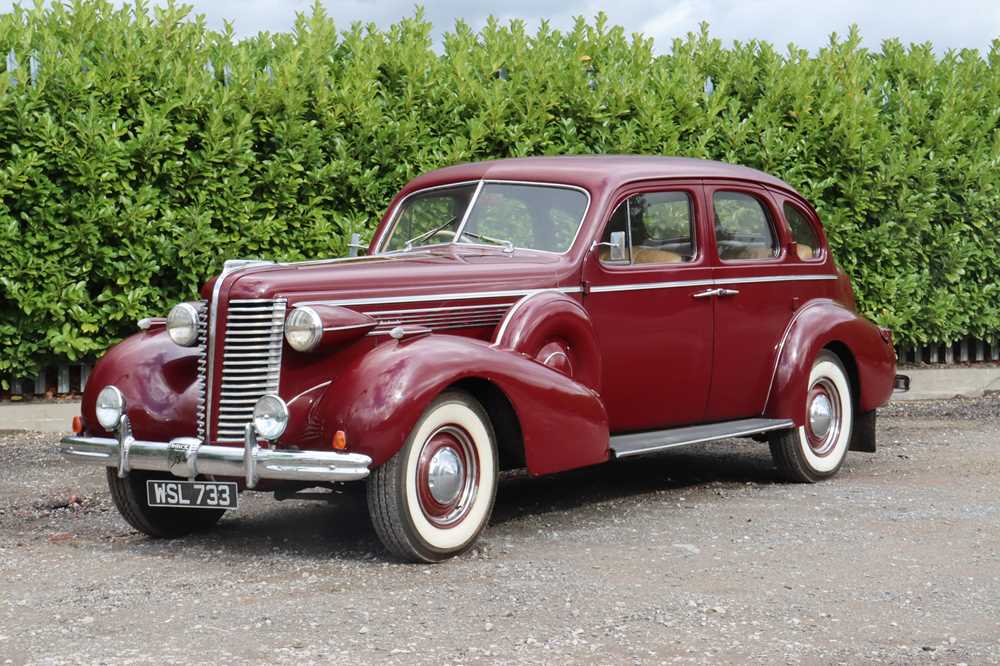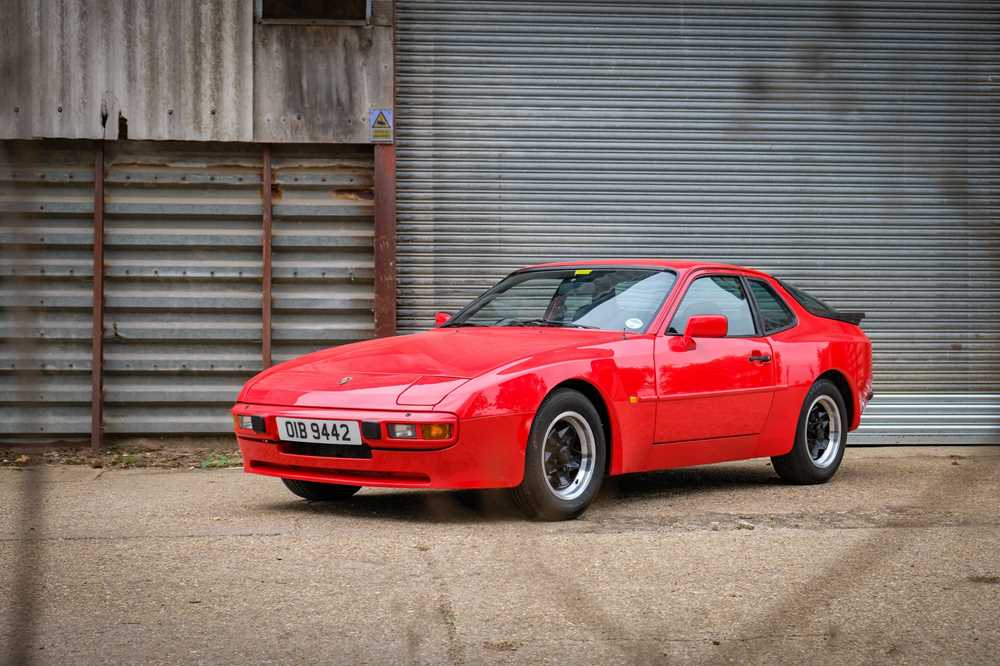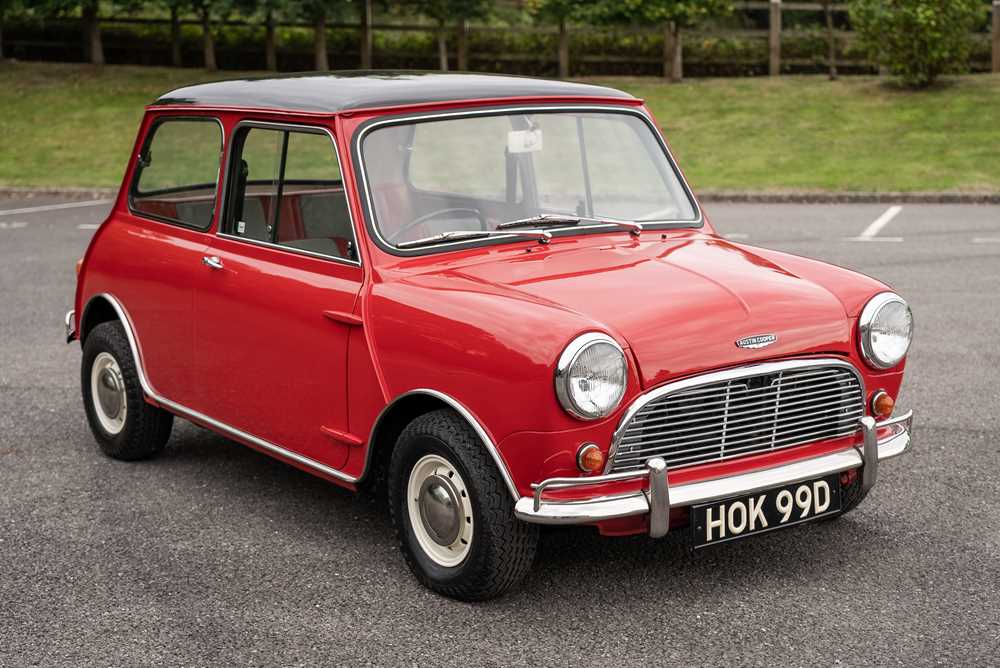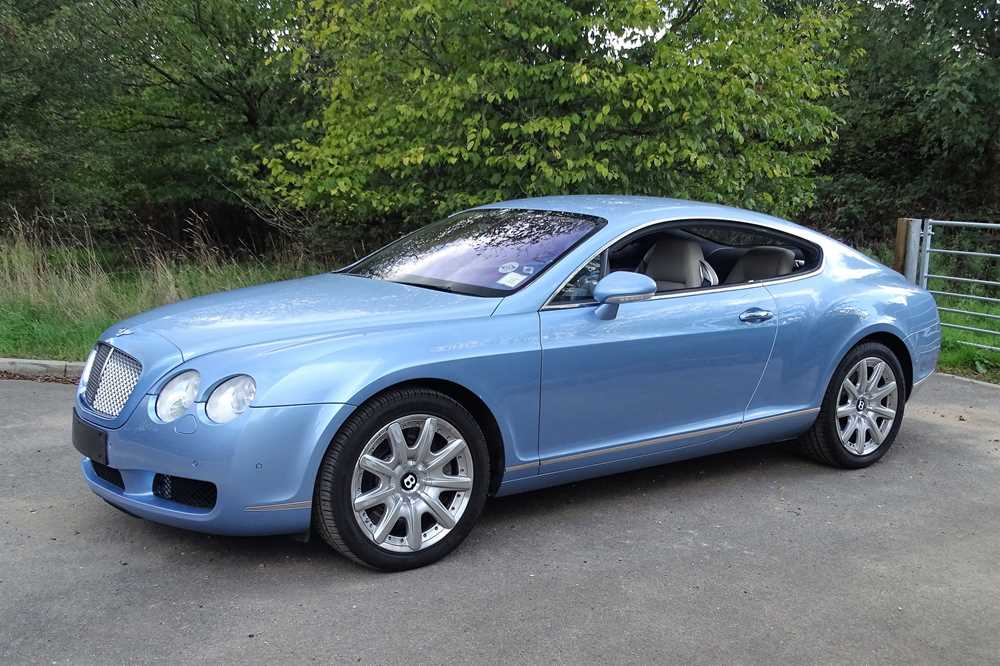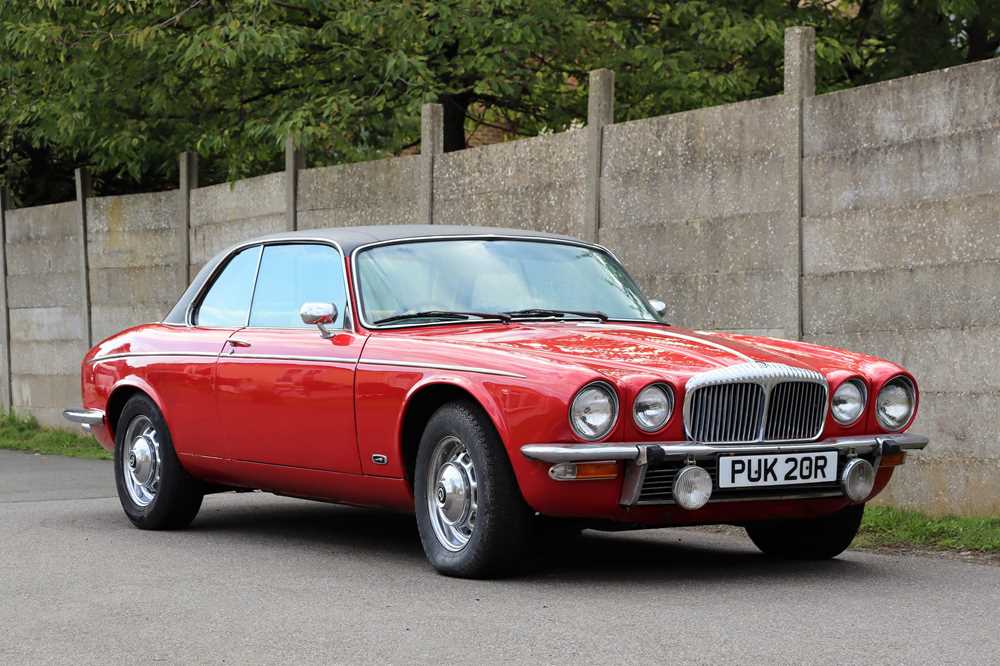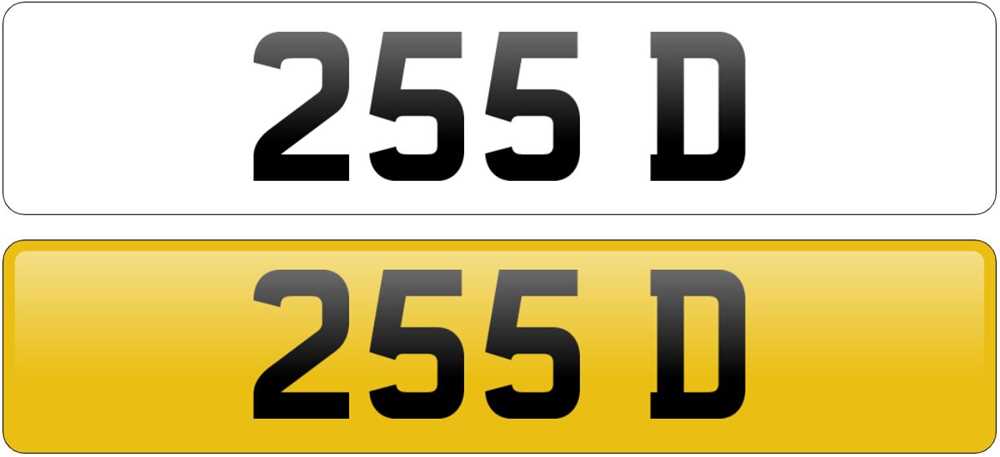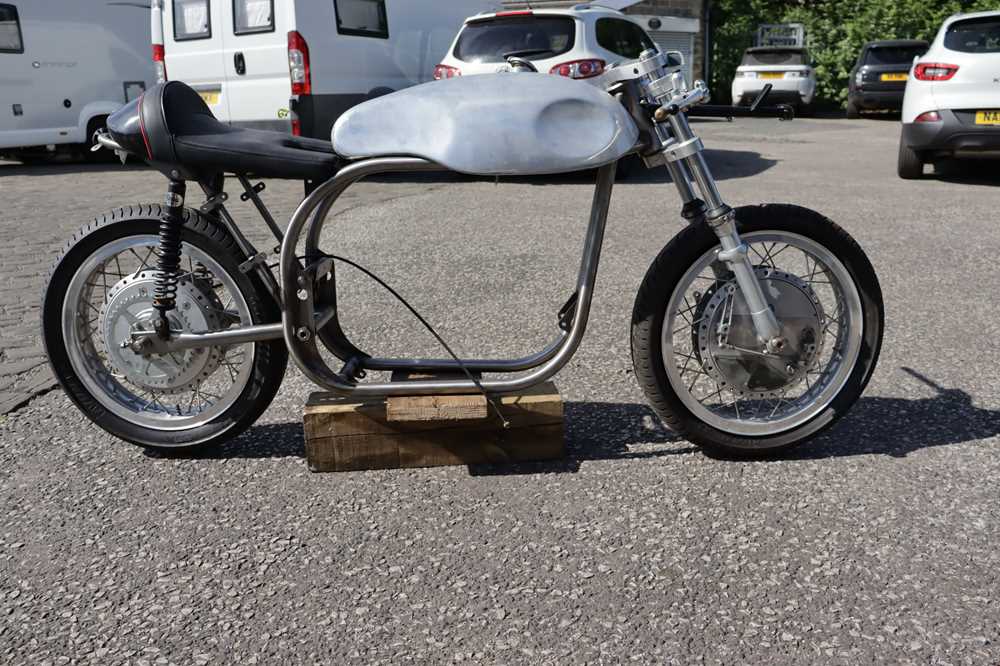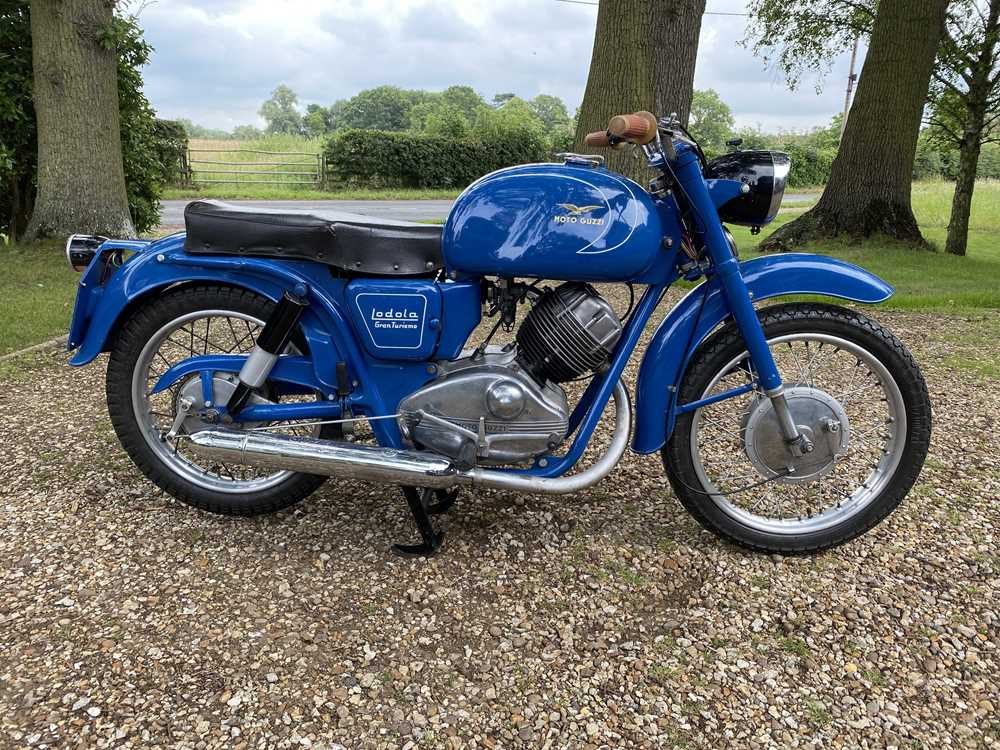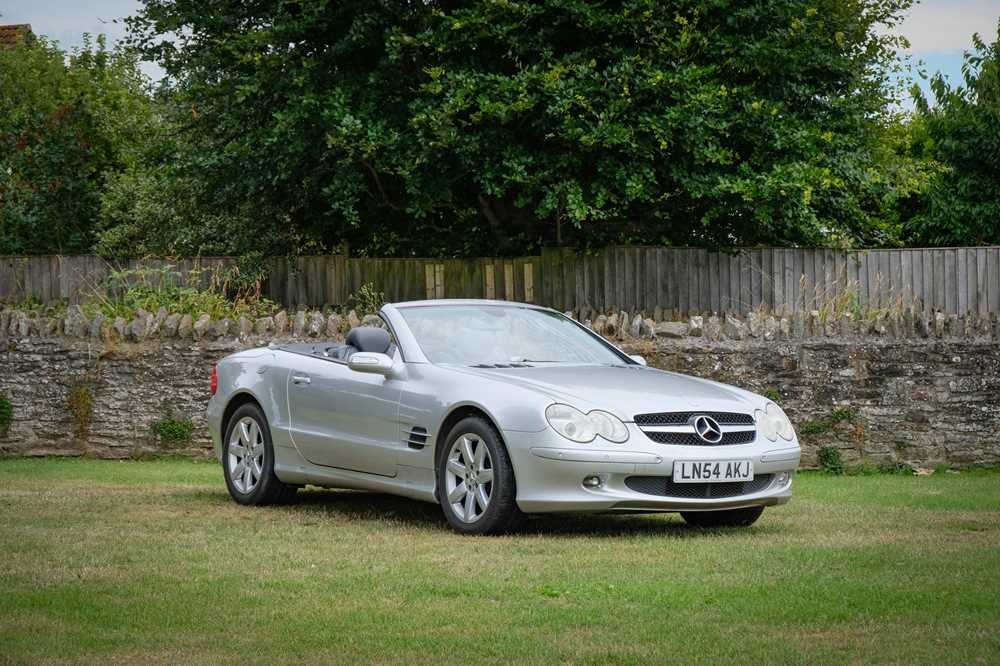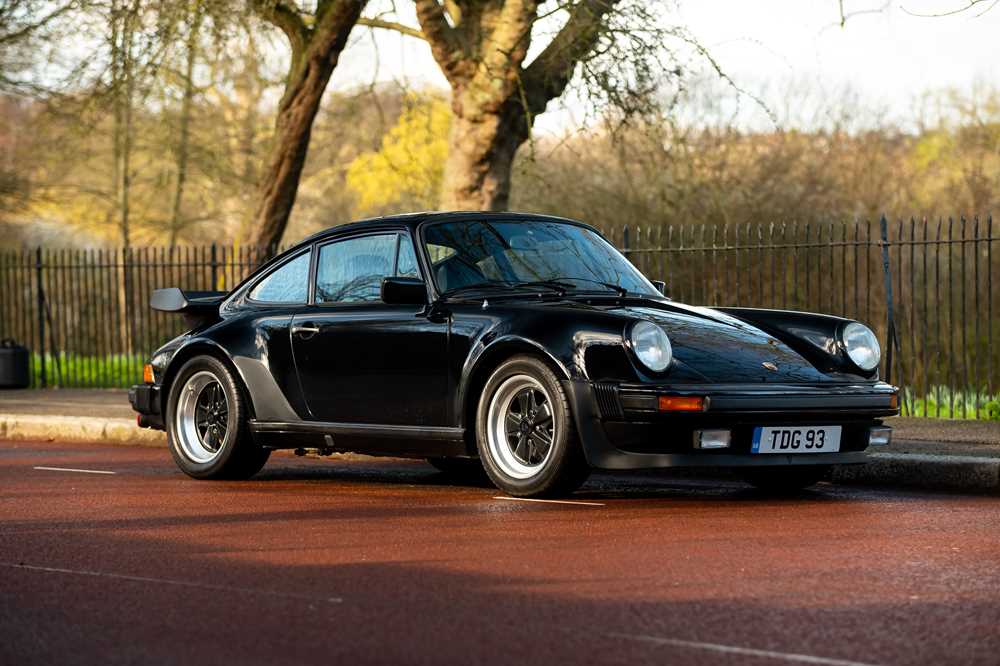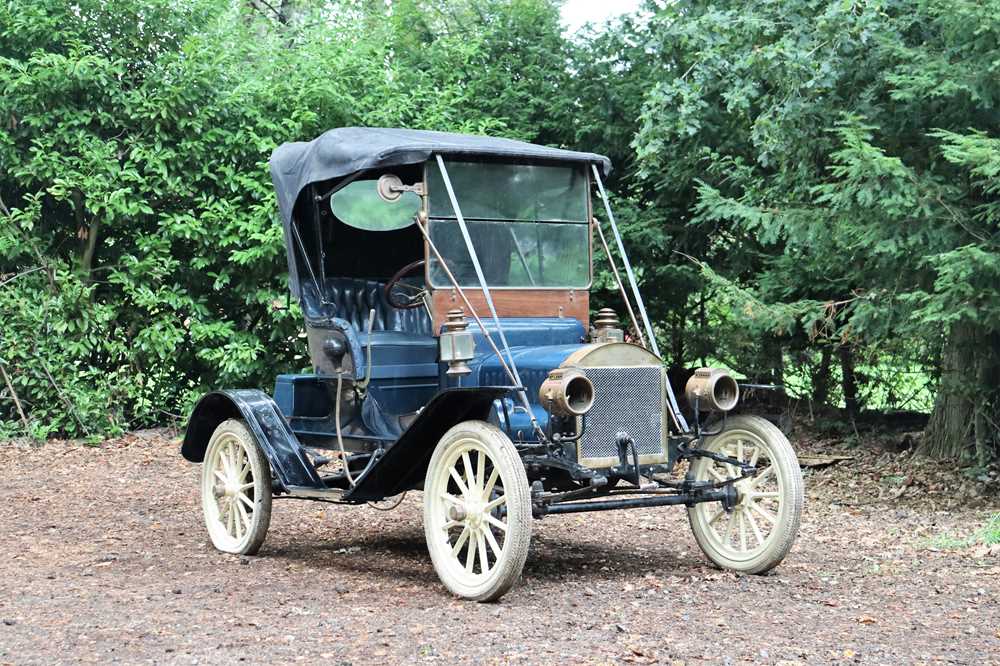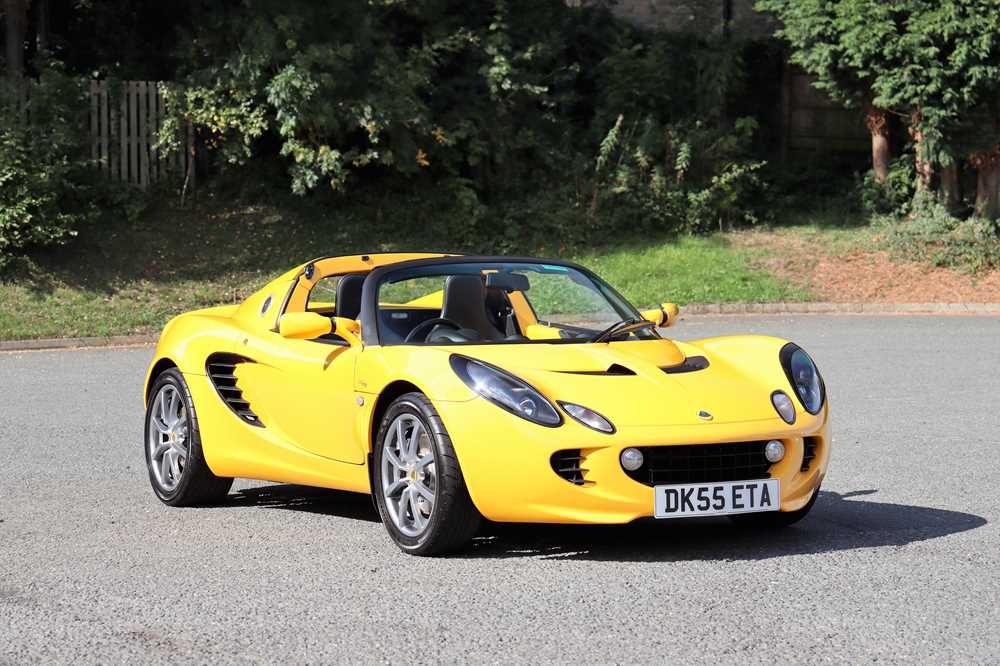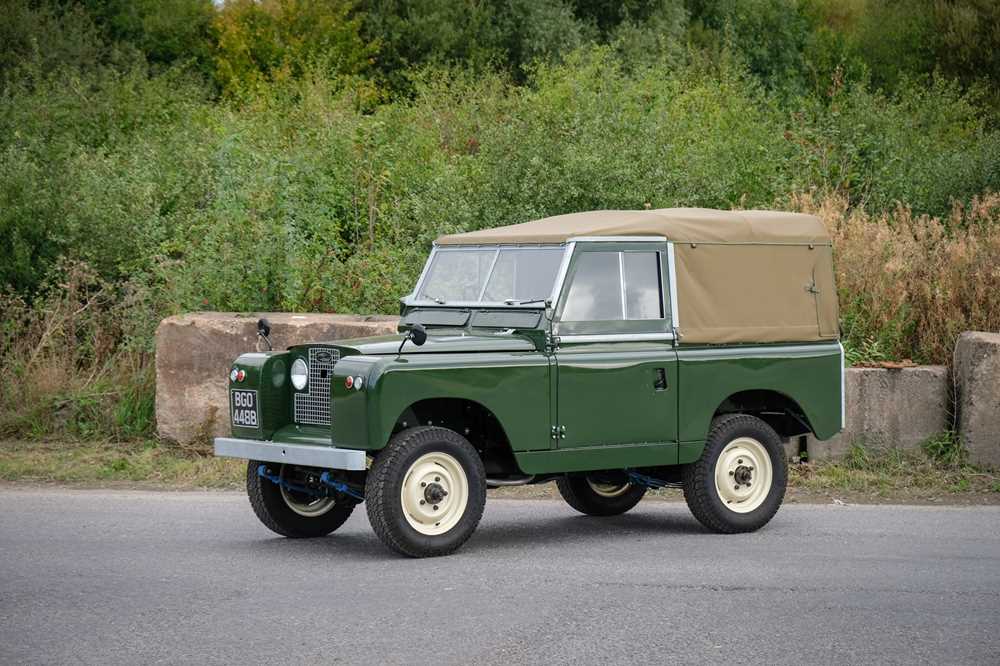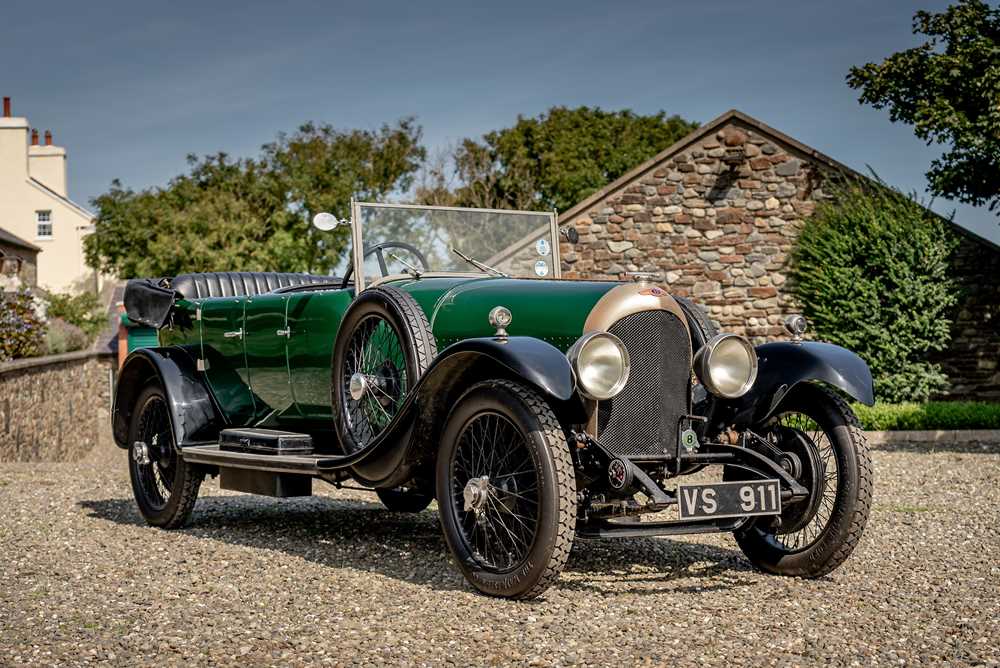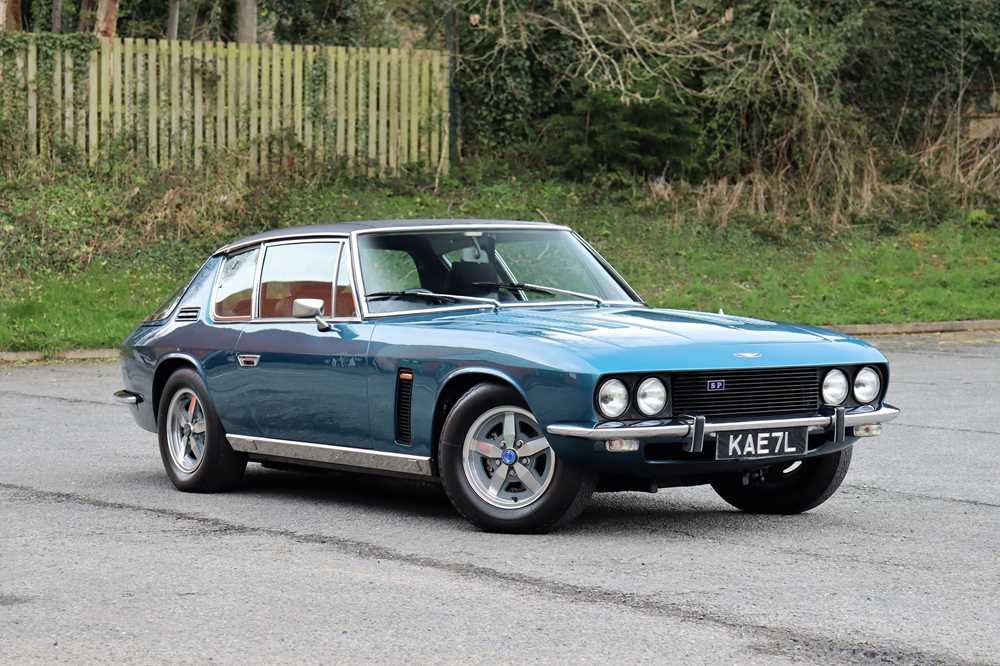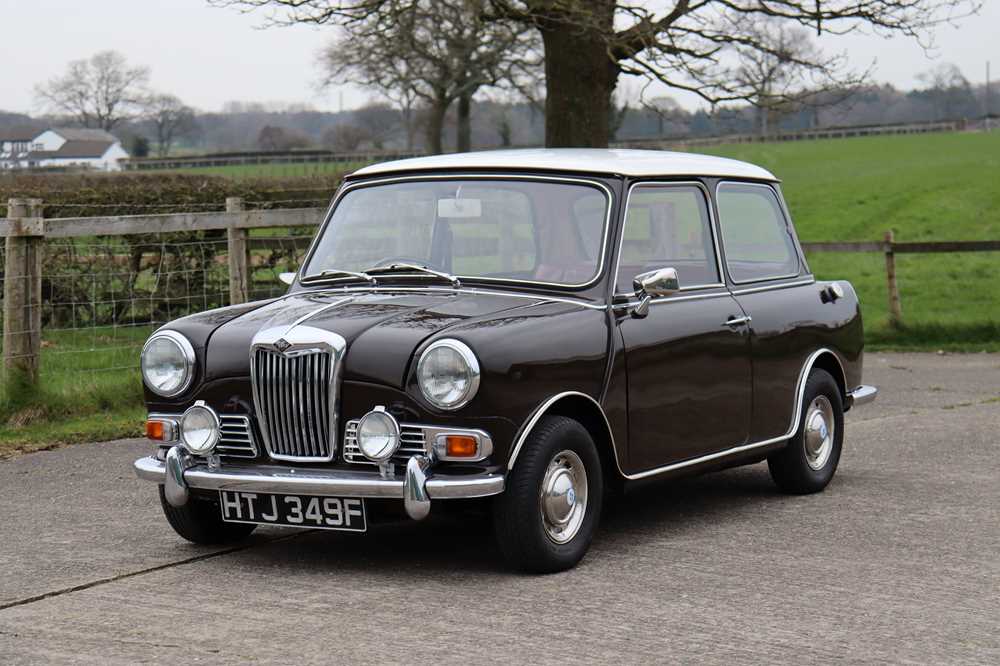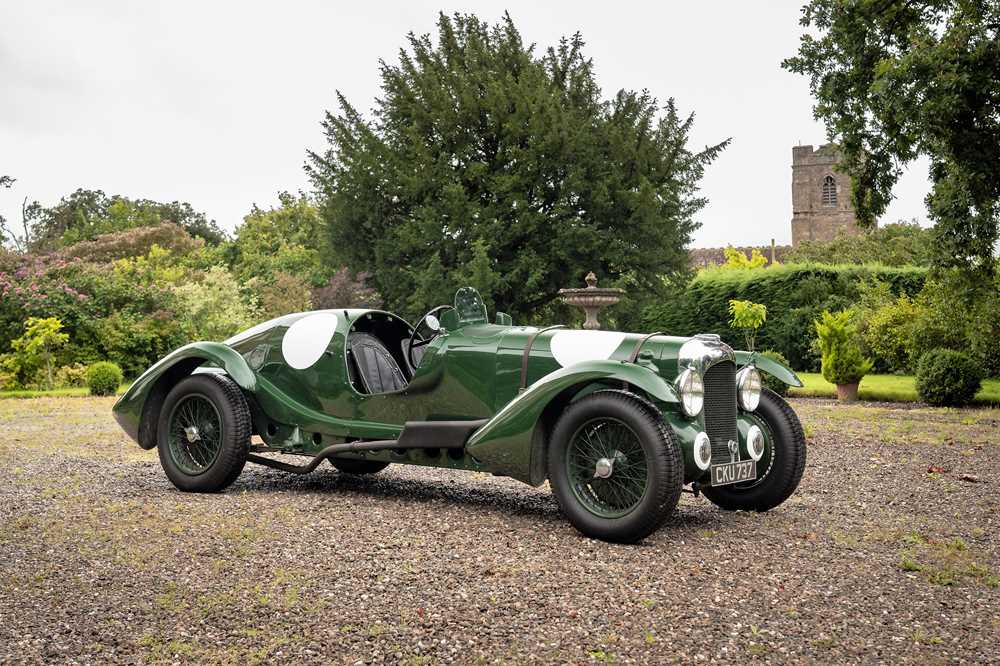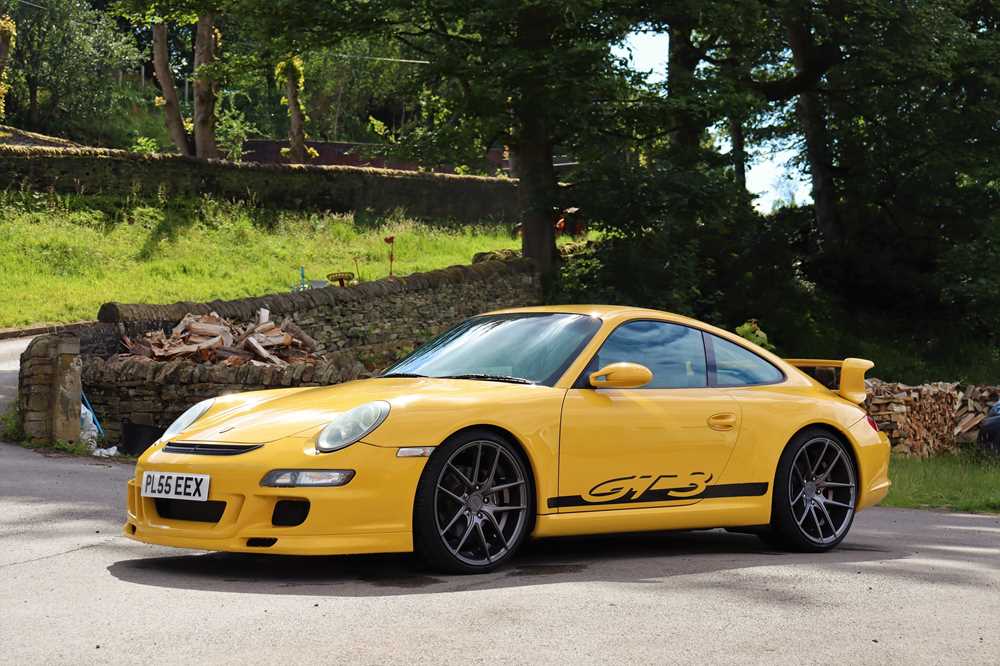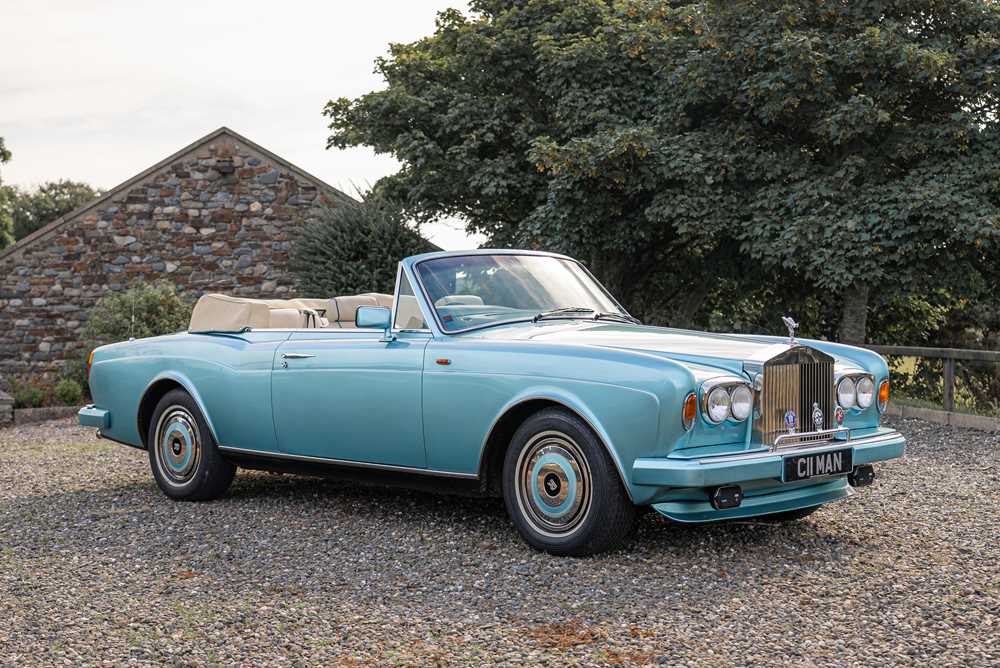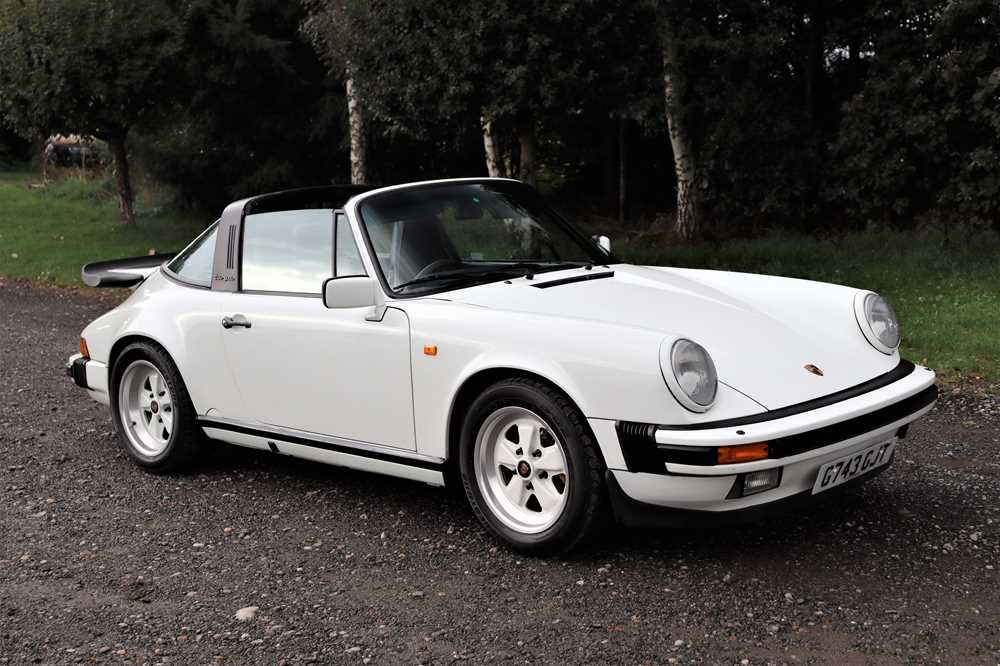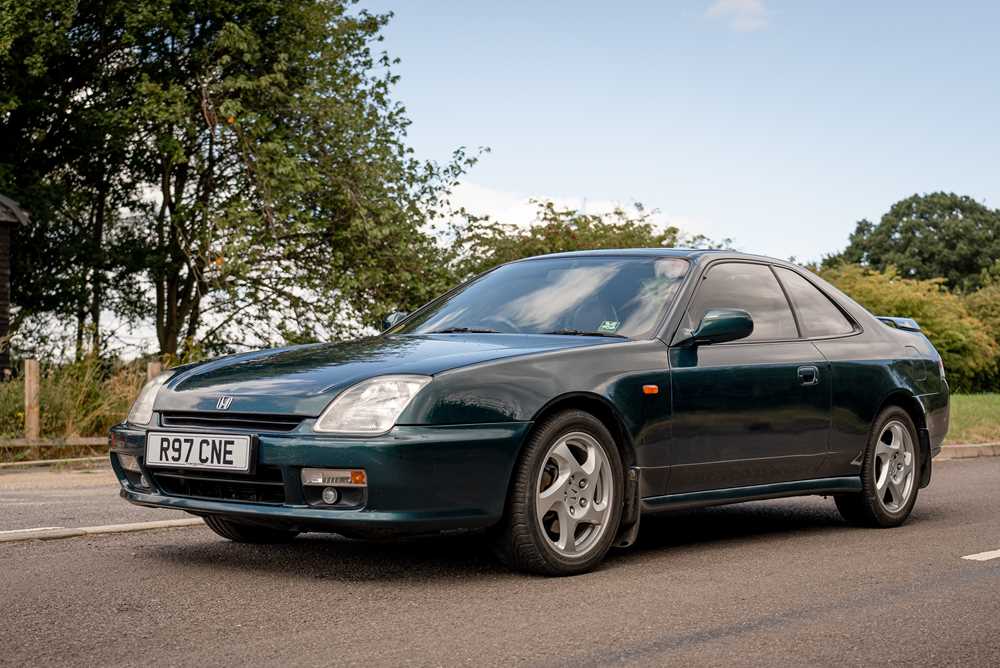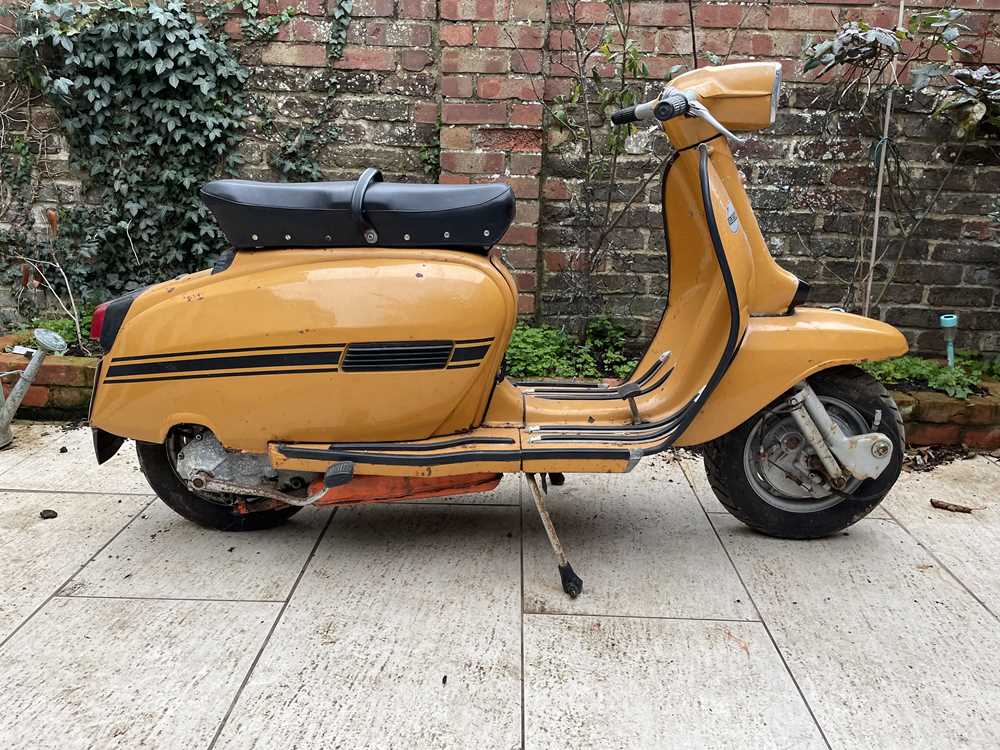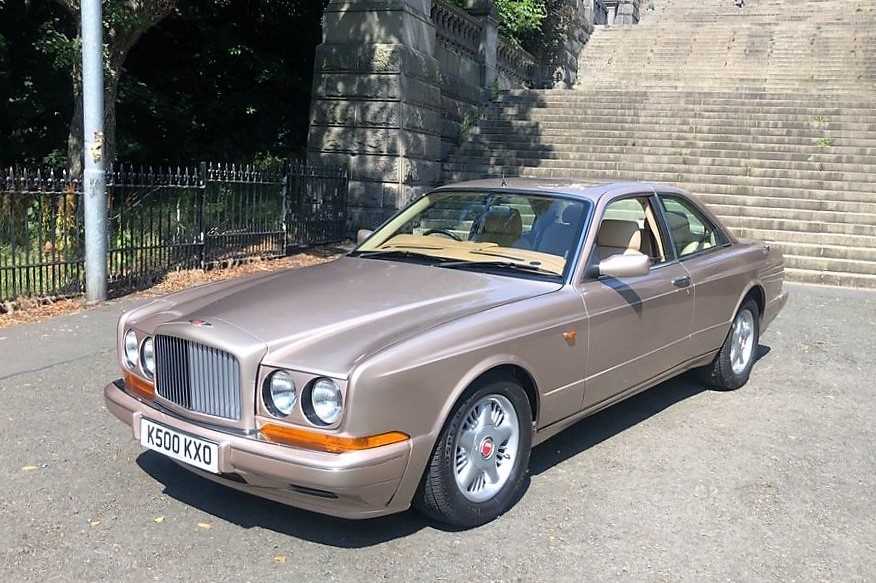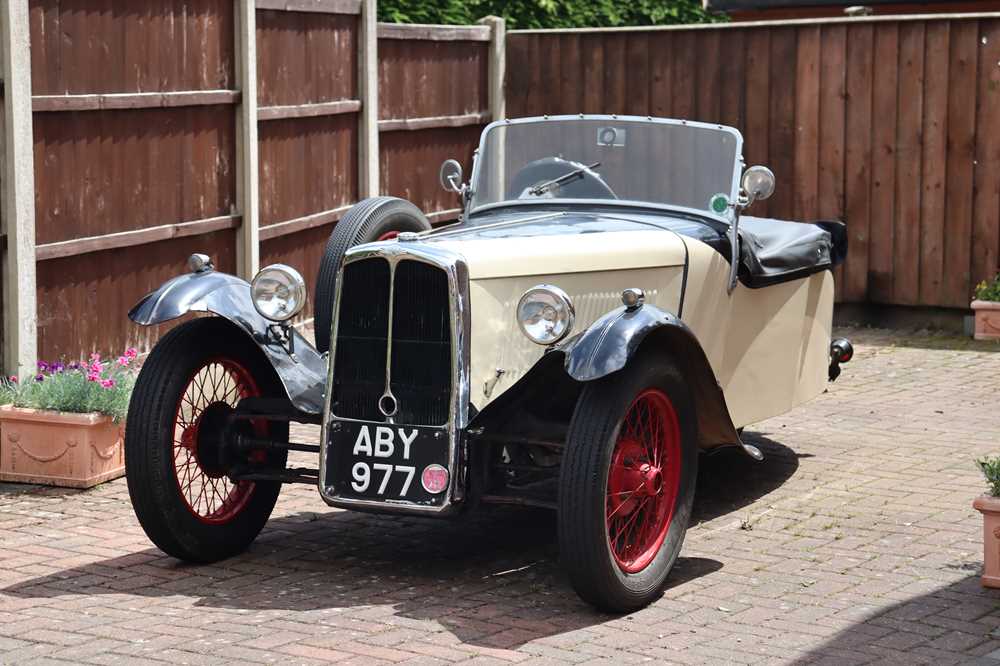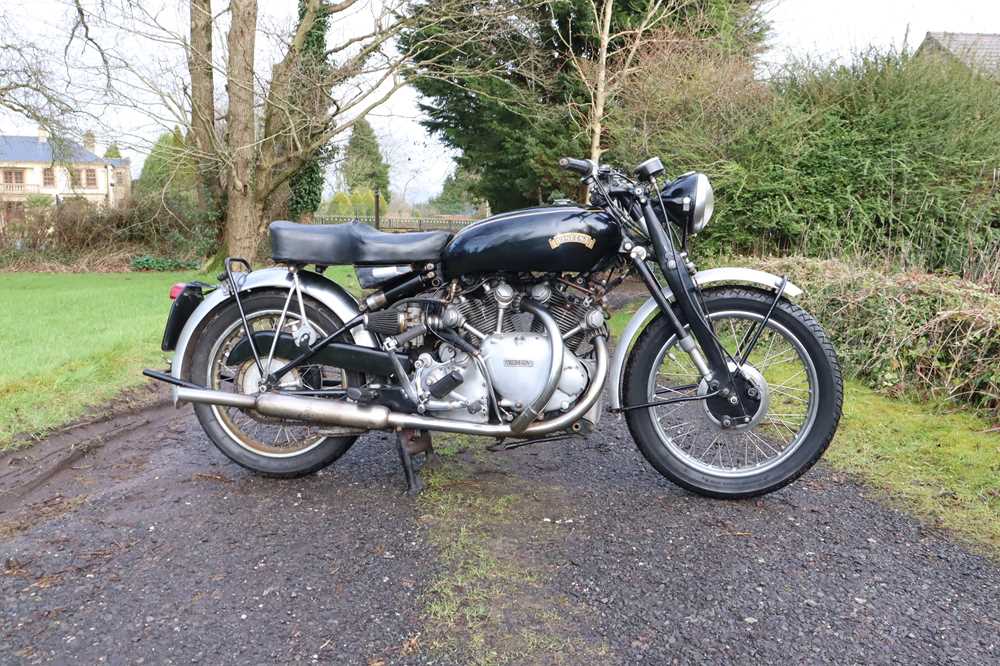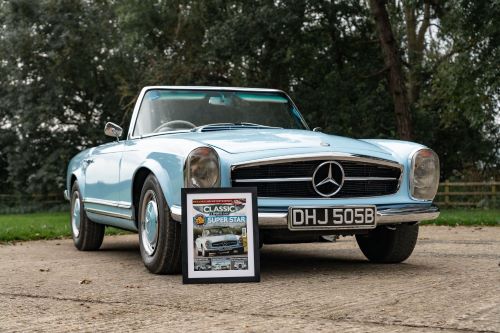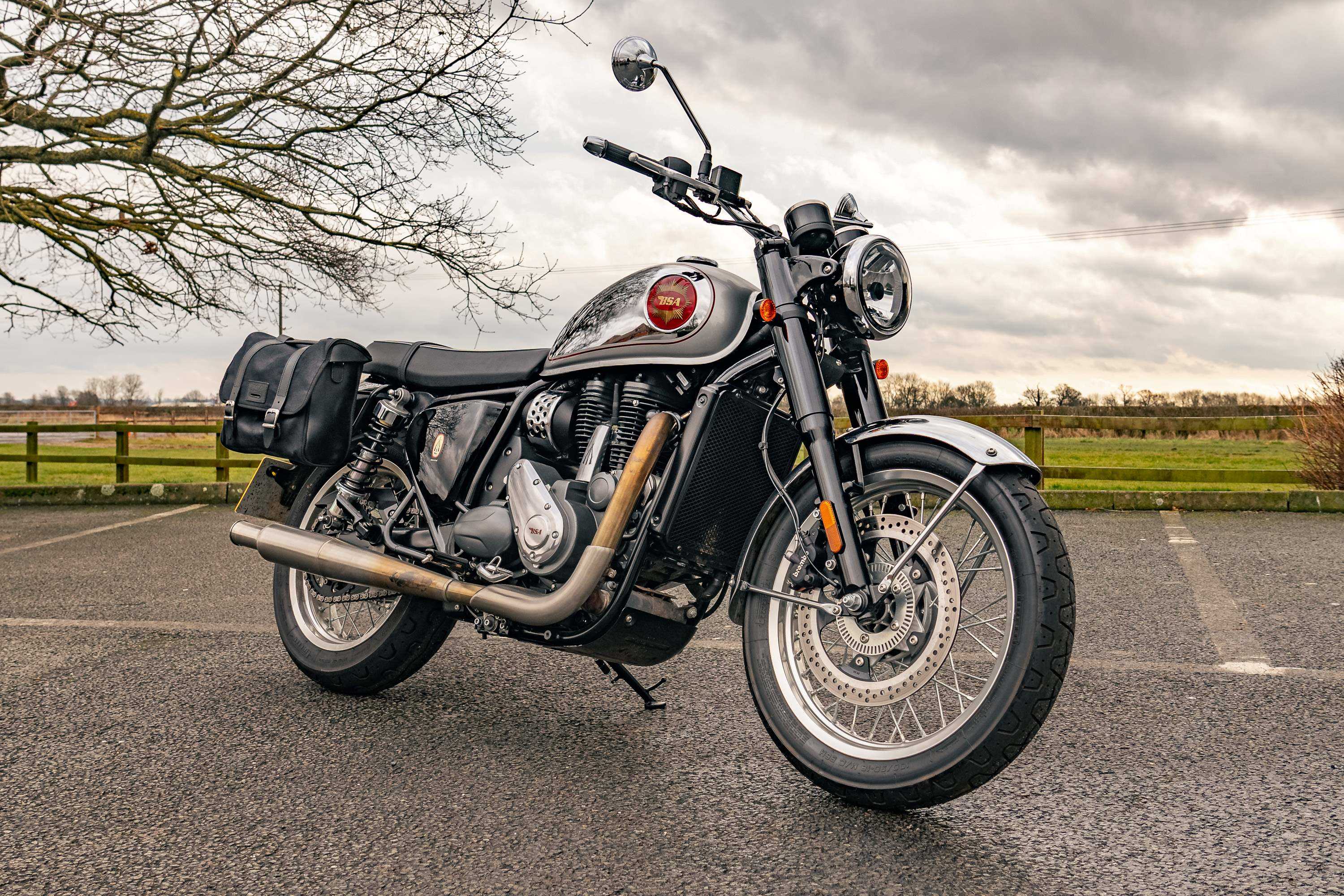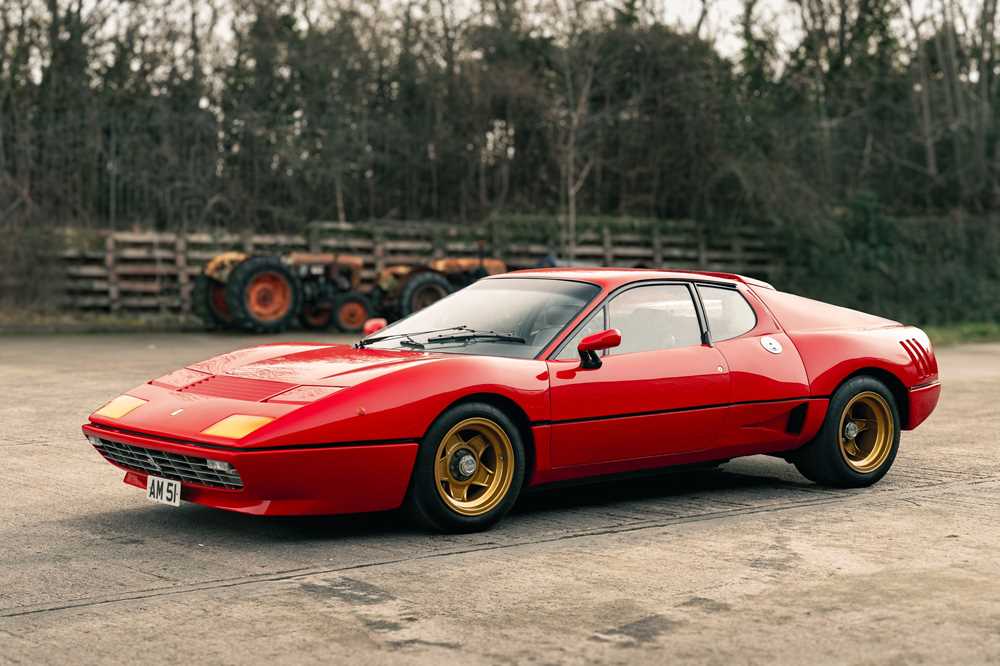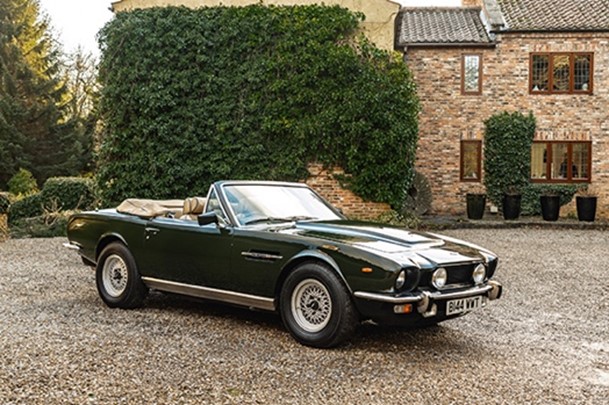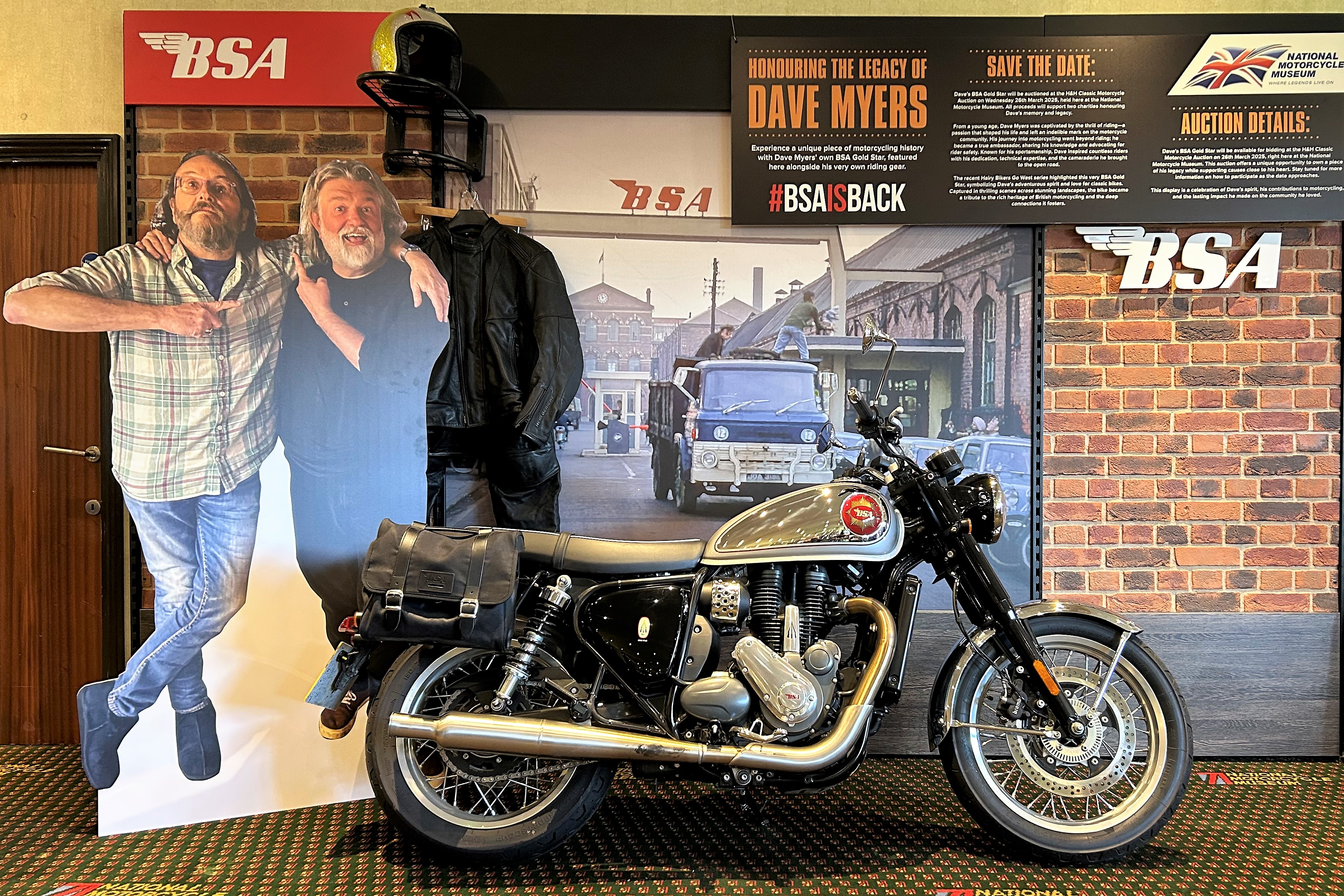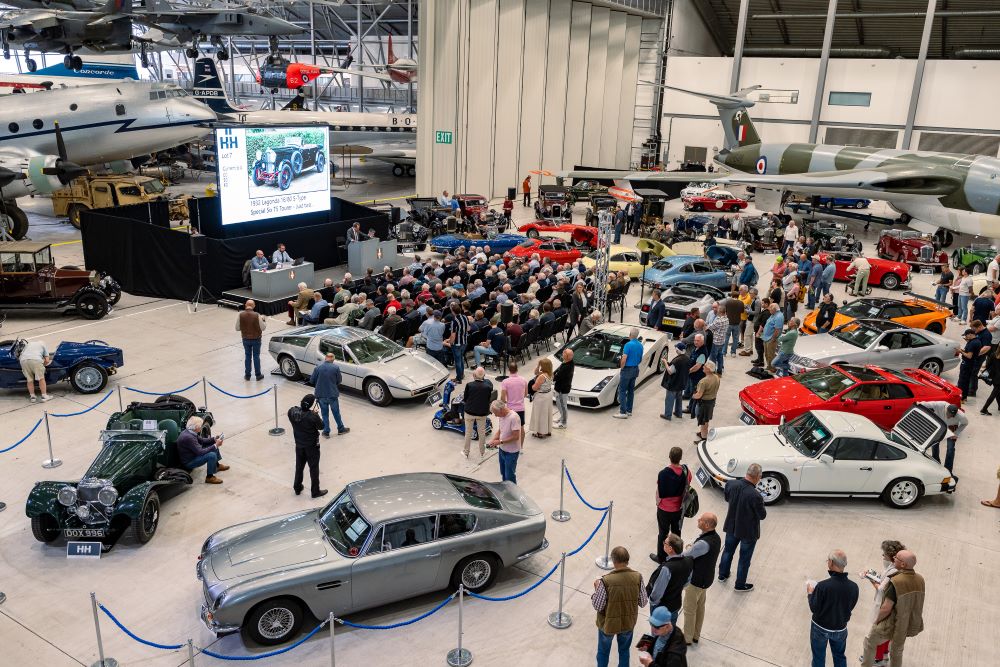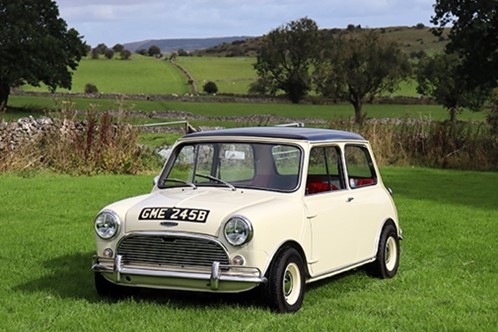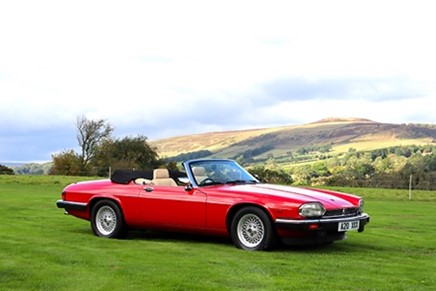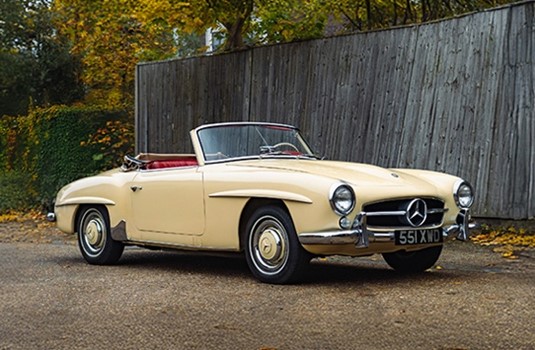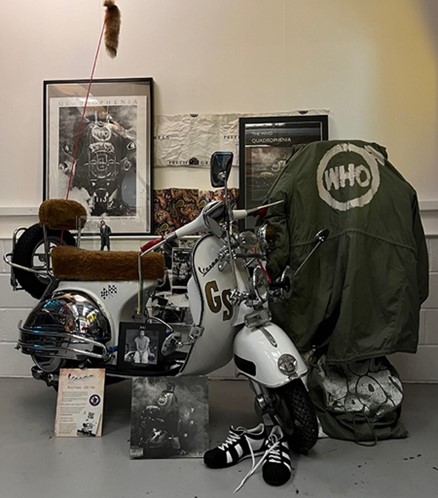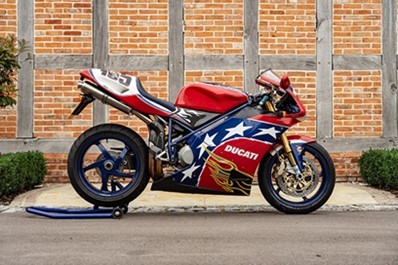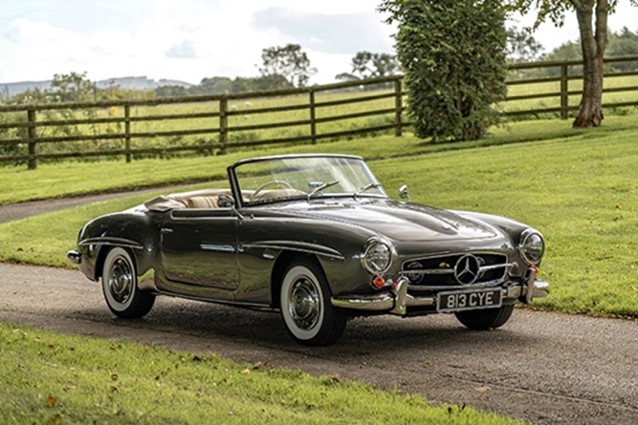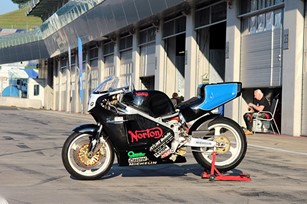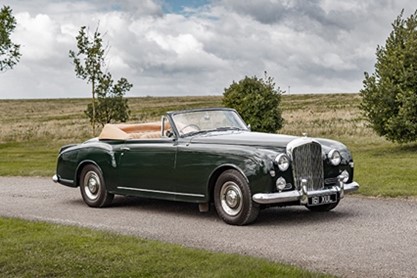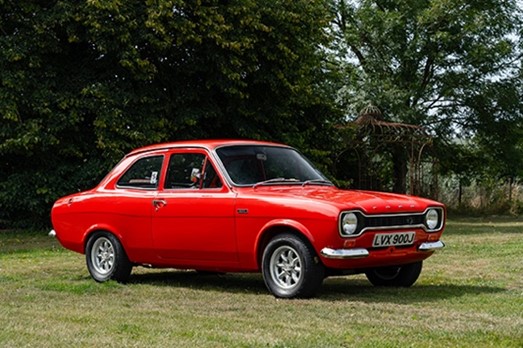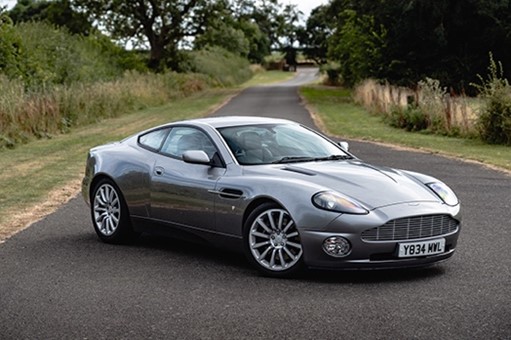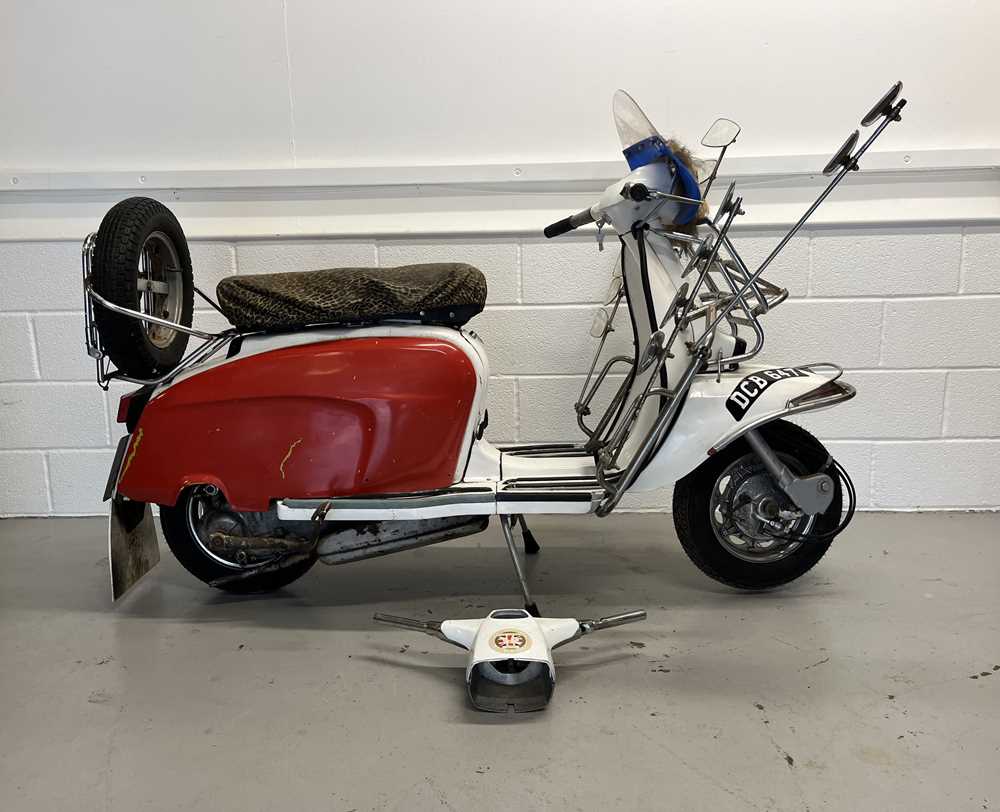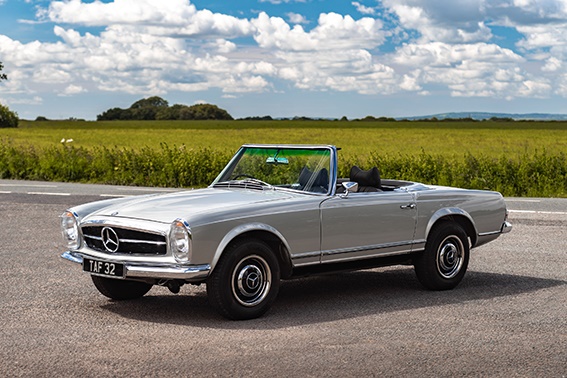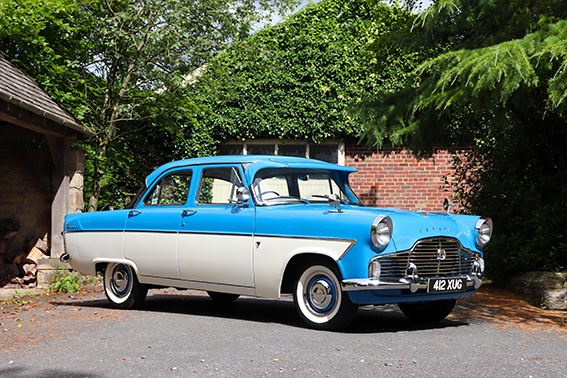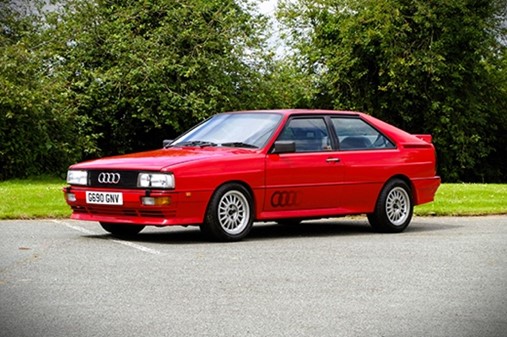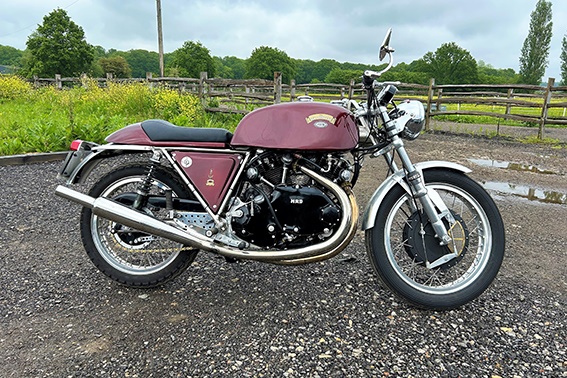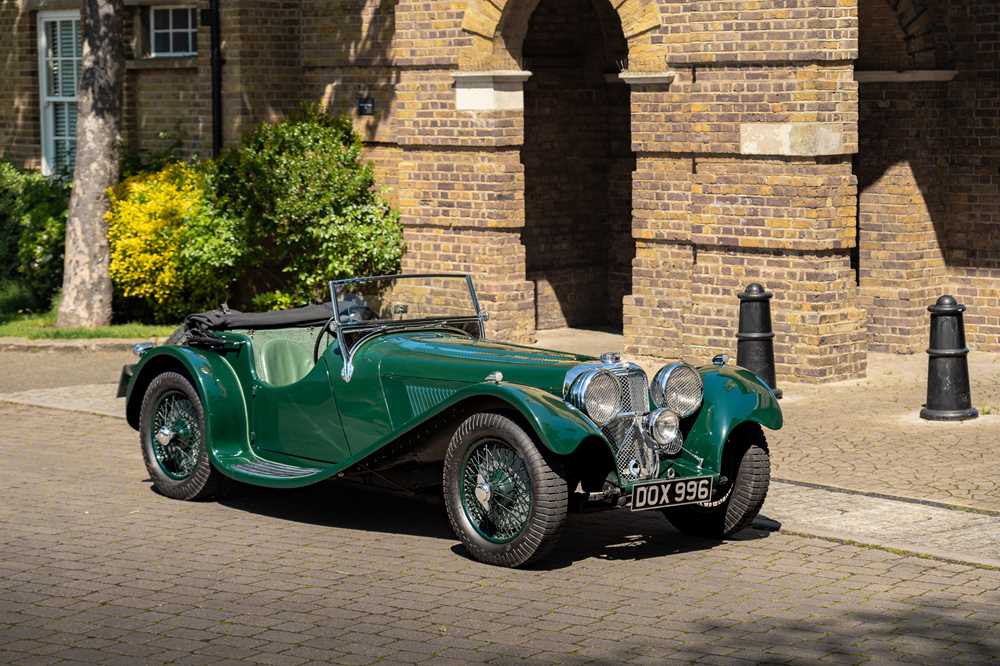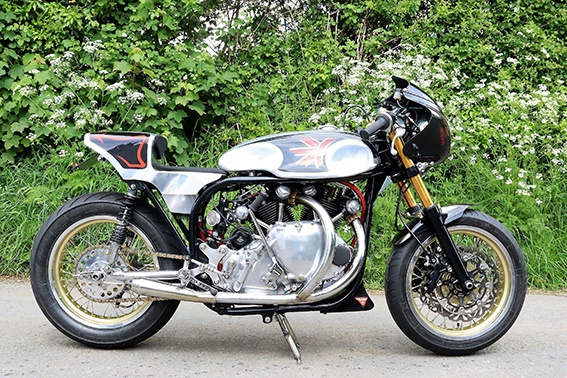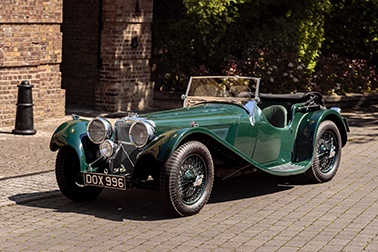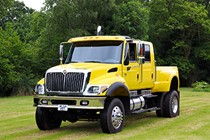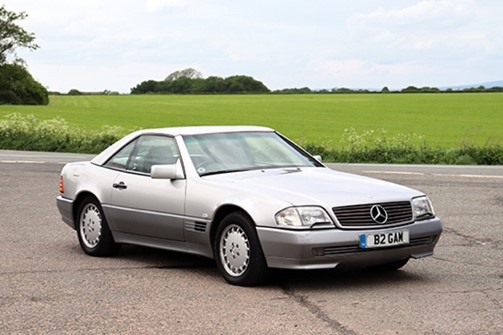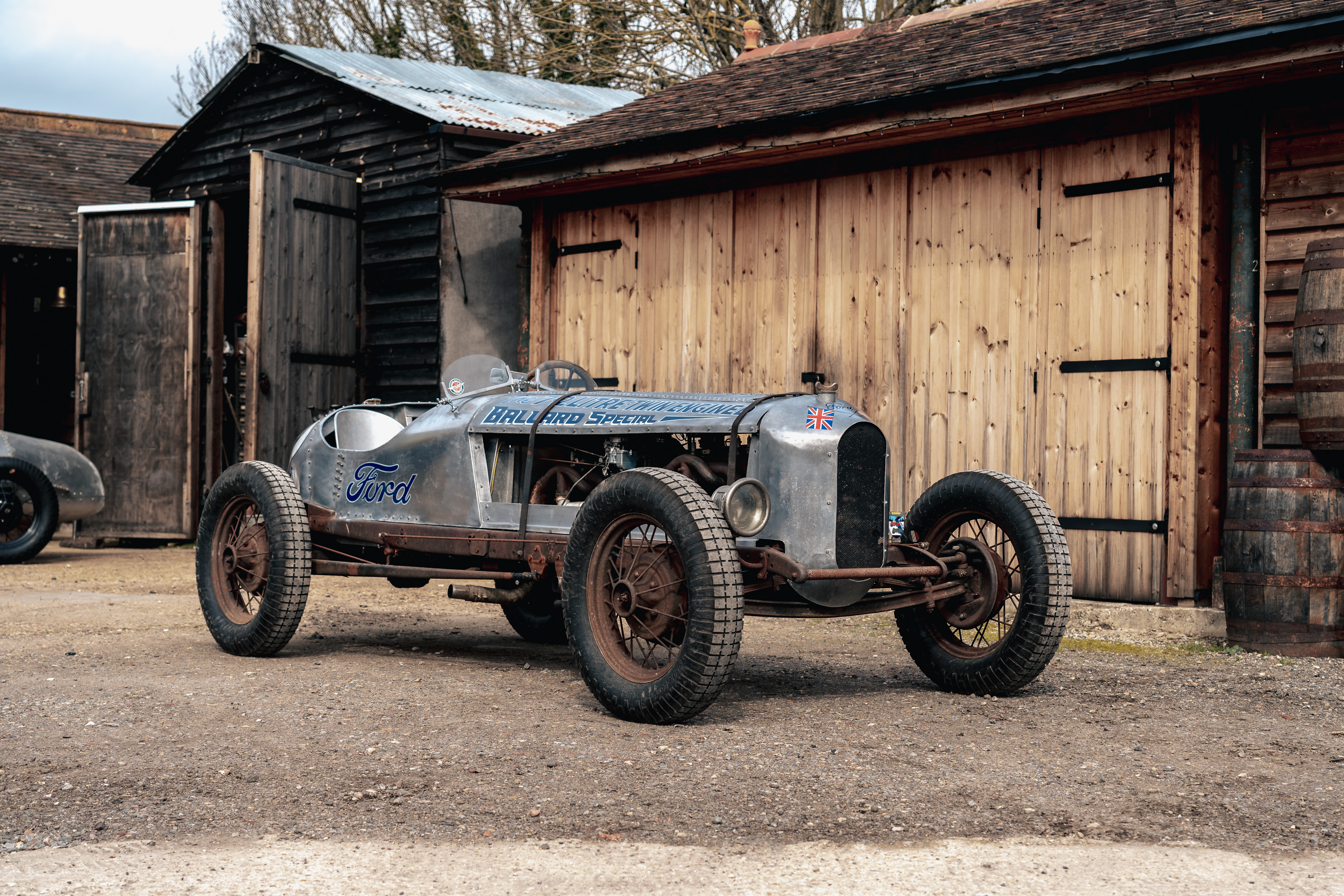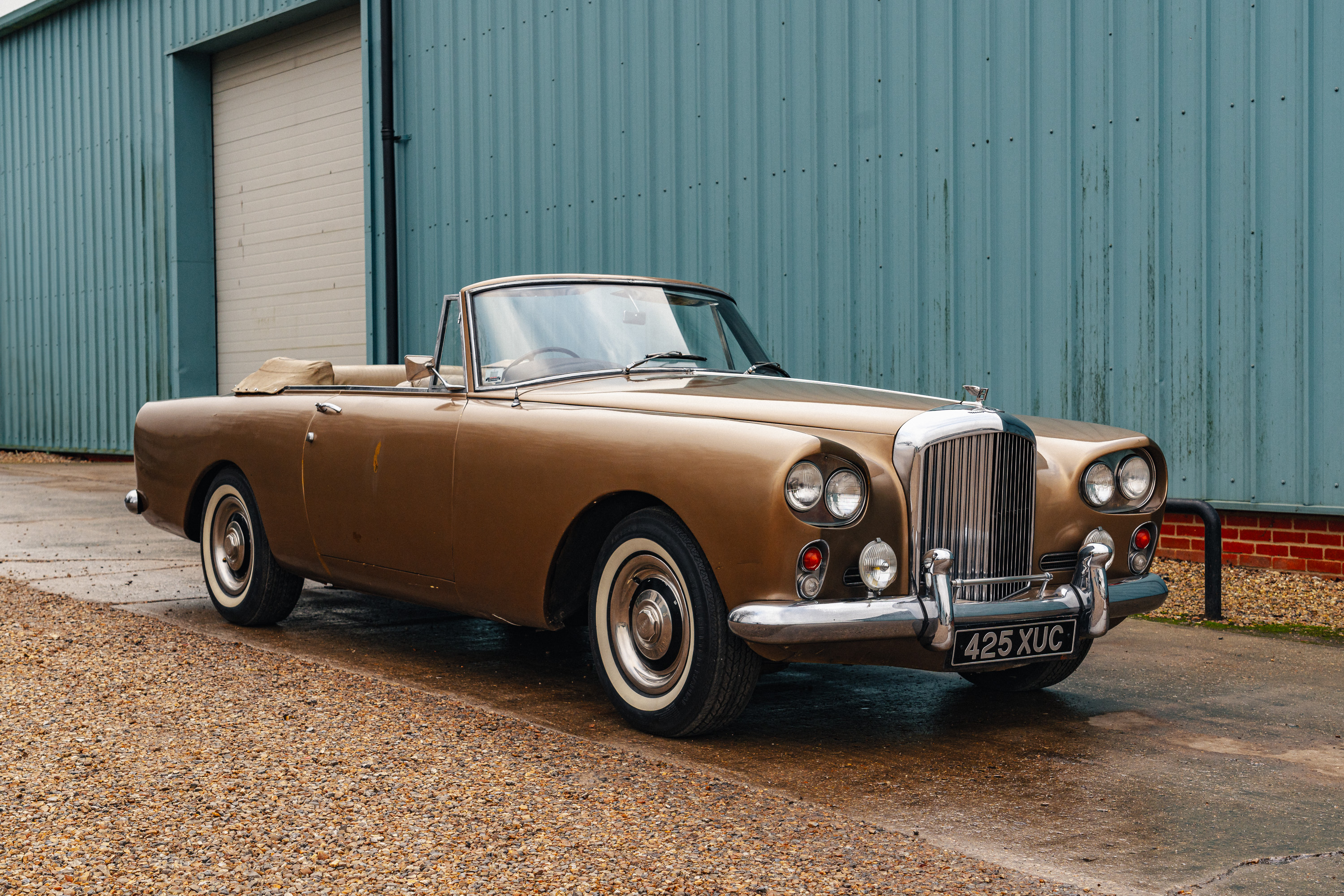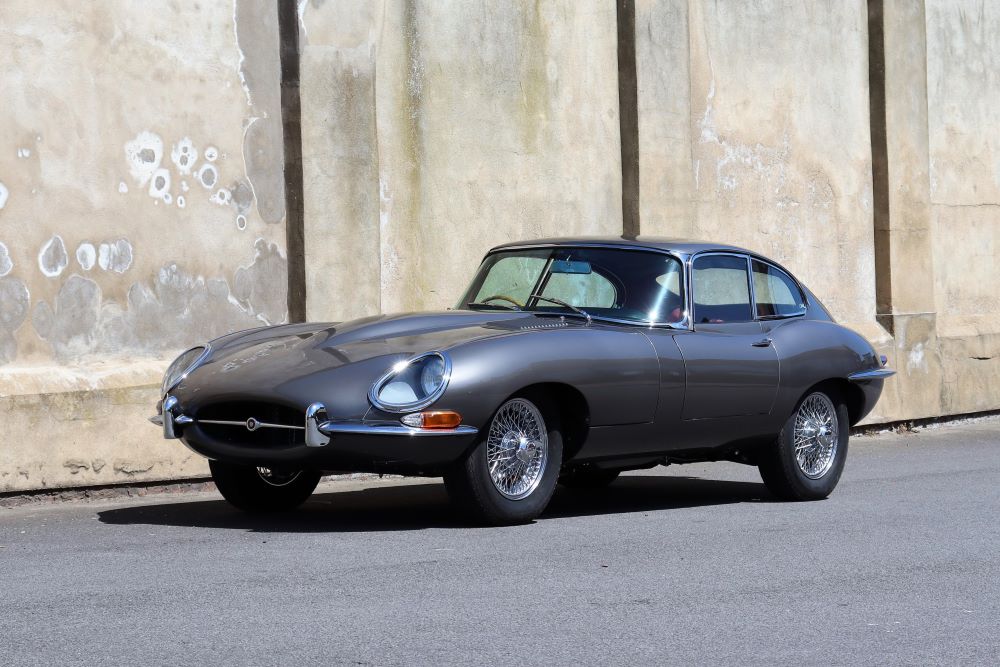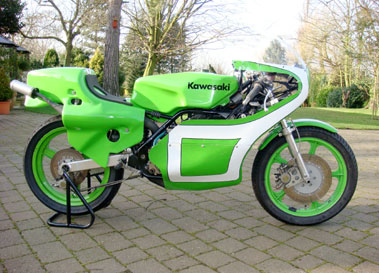
Hover to zoom
1981 Kawasaki KR250
Estimated at £18,000 - £22,000
Lot details
Registration No: N/A
Frame No: NOT VISIBLE
Engine No: 8202
cc: 250
MOT Expiry Date: N/A
Kawasaki designer Nagato Sato started work on the first KR twin during 1974 adopting an inline layout in order to minimise the width and thus the frontal area of the machine whilst still being able to utilise disc valves. The liquid cooled engine was housed in a conventional twin loop steel frame with twin rear shock absorbers. The machine first appeared in competition during 1975, often with Mick Grant in the saddle continuing into 1976. These years brought little in terms of success, but provided a wealth of information and the opportunity to develop the fledgling racer. 1977 marked a turning point for the twin and Kawasaki when Mick Grant secured the firms first Grand Prix win in the 250cc class at the Dutch TT at Assen and followed that success with a win at the Swedish Grand Prix later the same year.
The following season saw Kork Ballington, Greg Hansford and Anton Mang joining the team, with Hansford securing 2nd place in the 250cc Championship and Mang taking fifth, both securing Grand Prix wins in the process. Good as these results were they were overshadowed by Kork Ballington's performance, with victory in both the 250 and 350cc World Championships, a feat he repeated again in 1979. Mang took both the 250 and 350 crowns in 1980, Ballington second and Jean Francois Balde third (in both the 250 and 350 classes). Mang repeated his success in both classes for 1981 and narrowly missed a "hatrick" of doubles in 1982 securing second place in the 250cc championship and winning the third. For the 1981 season Kork Ballington concentrated on the 500 class with the KR500, leaving Jean Francois Balde to partner Anton Mang in the quarter litre and three fifty classes.
The machine offered was purchased from Jean Francois Balde, who campaigned it during the 1981 Grand Prix season, securing second place in the championship and a Grand Prix win at the first Grand Prix of the season in Argentina. The KR twins had benefited from revised porting, redesigned expansion chambers, the adoption of separate cylinder's and heads and an increase in carburettor size to 34mm by the 1981 season, which as the results demonstrated, enabled the Kawasaki's to maintain their dominance of the 250cc Grand Prix class. Restored during 2005, this example is described as being in good condition throughout, the engine having been track tested following the rebuild and is offered resplendent in the distinctive Kawasaki racing livery.
Registration No: N/A
Frame No: NOT VISIBLE
Engine No: 8202
cc: 250
MOT Expiry Date: N/A
Kawasaki designer Nagato Sato started work on the first KR twin during 1974 adopting an inline layout in order to minimise the width and thus the frontal area of the machine whilst still being able to utilise disc valves. The liquid cooled engine was housed in a conventional twin loop steel frame with twin rear shock absorbers. The machine first appeared in competition during 1975, often with Mick Grant in the saddle continuing into 1976. These years brought little in terms of success, but provided a wealth of information and the opportunity to develop the fledgling racer. 1977 marked a turning point for the twin and Kawasaki when Mick Grant secured the firms first Grand Prix win in the 250cc class at the Dutch TT at Assen and followed that success with a win at the Swedish Grand Prix later the same year.
The following season saw Kork Ballington, Greg Hansford and Anton Mang joining the team, with Hansford securing 2nd place in the 250cc Championship and Mang taking fifth, both securing Grand Prix wins in the process. Good as these results were they were overshadowed by Kork Ballington's performance, with victory in both the 250 and 350cc World Championships, a feat he repeated again in 1979. Mang took both the 250 and 350 crowns in 1980, Ballington second and Jean Francois Balde third (in both the 250 and 350 classes). Mang repeated his success in both classes for 1981 and narrowly missed a "hatrick" of doubles in 1982 securing second place in the 250cc championship and winning the third. For the 1981 season Kork Ballington concentrated on the 500 class with the KR500, leaving Jean Francois Balde to partner Anton Mang in the quarter litre and three fifty classes.
The machine offered was purchased from Jean Francois Balde, who campaigned it during the 1981 Grand Prix season, securing second place in the championship and a Grand Prix win at the first Grand Prix of the season in Argentina. The KR twins had benefited from revised porting, redesigned expansion chambers, the adoption of separate cylinder's and heads and an increase in carburettor size to 34mm by the 1981 season, which as the results demonstrated, enabled the Kawasaki's to maintain their dominance of the 250cc Grand Prix class. Restored during 2005, this example is described as being in good condition throughout, the engine having been track tested following the rebuild and is offered resplendent in the distinctive Kawasaki racing livery.
Auction: The Centaur, 27th Feb, 2008
All successful bids must be paid in full by midday the day after the auction at the latest.
You can collect your new pride and joy from our venue until 1pm the day following the sale or our partners are on hand to help arrange safe transportation:
Do you have an item to sell?
If so, contact one of our friendly specialists for your free valuation by completing the form below and someone will get back to you as quickly as possible.
If you prefer to speak to humans, don't hesitate to call our office on +44 (0)1925 210035
Image: / 1
Condition report image: /
Other lots in this sale




